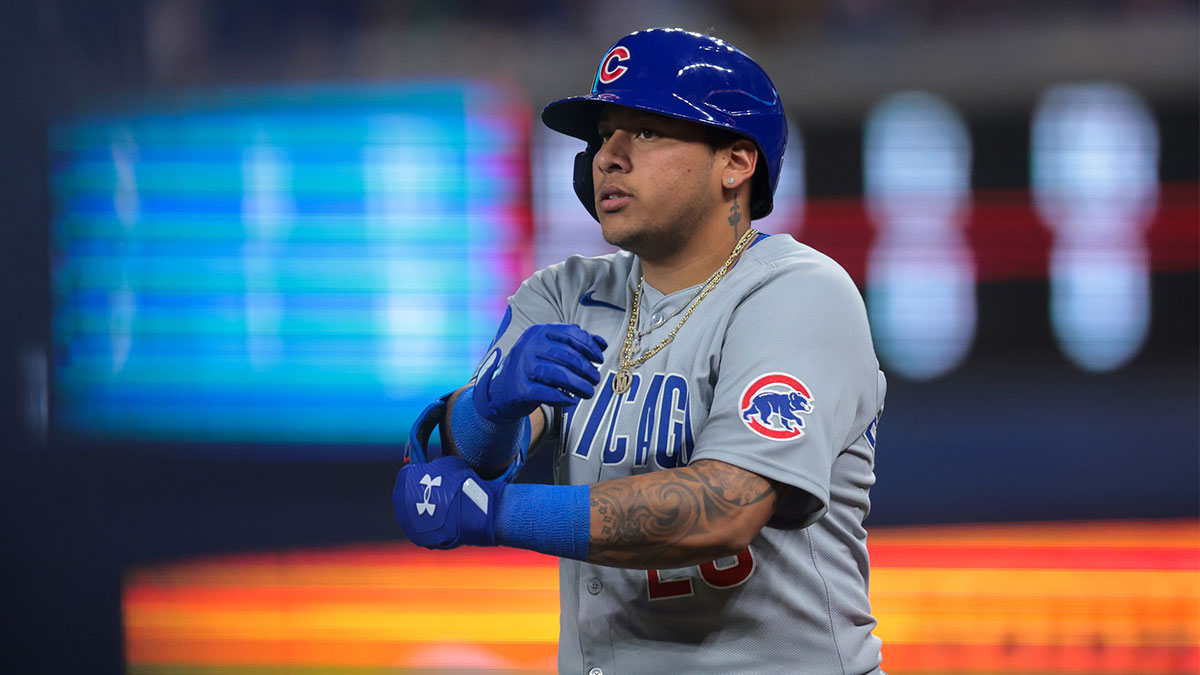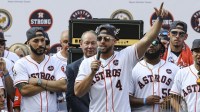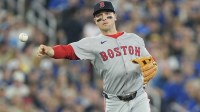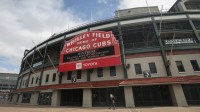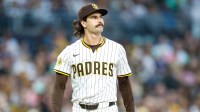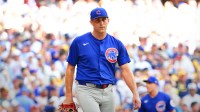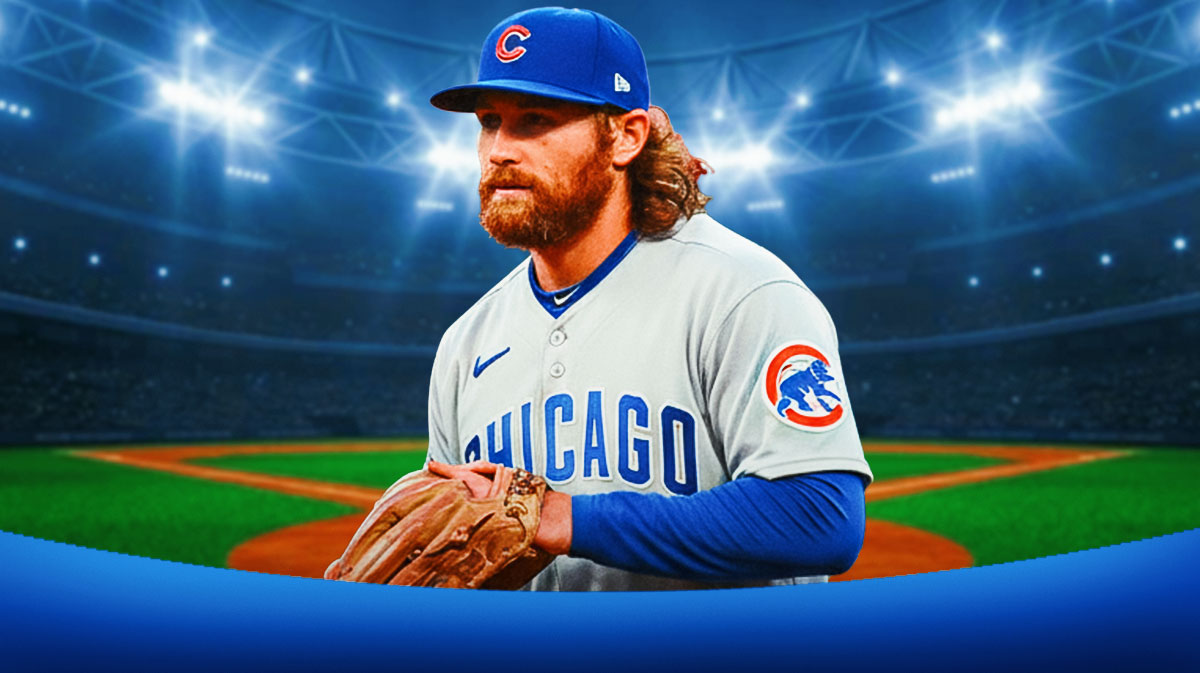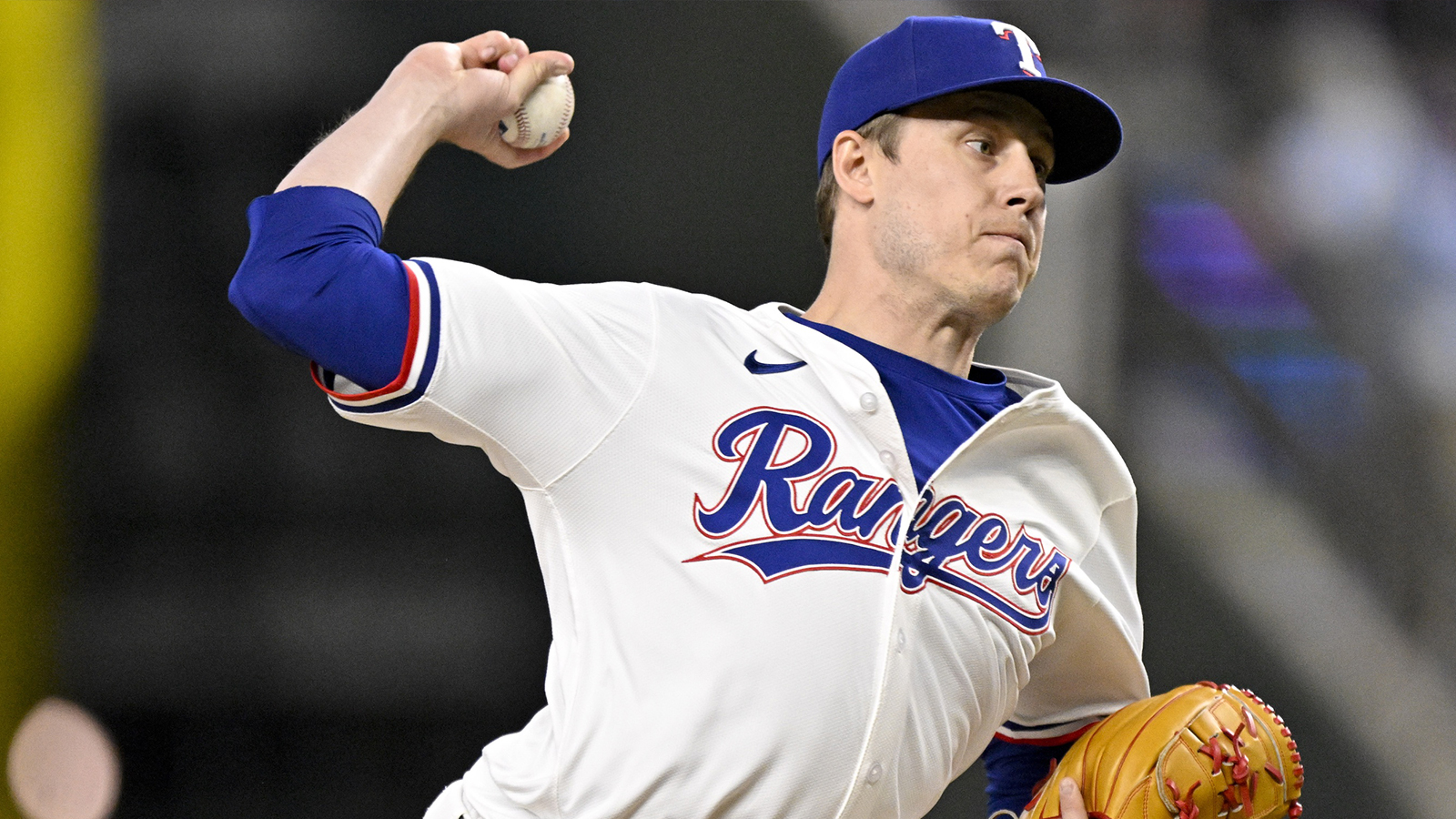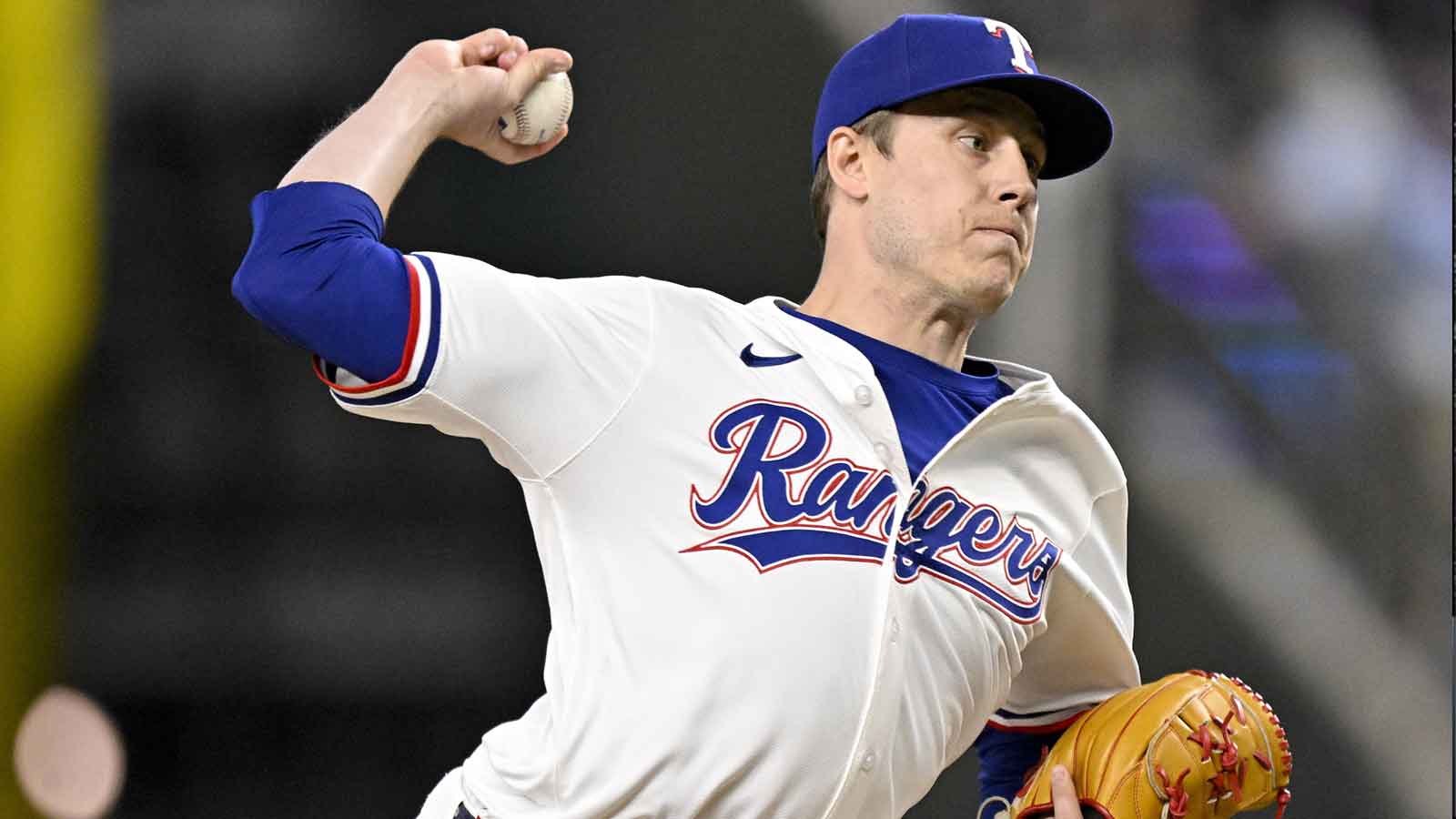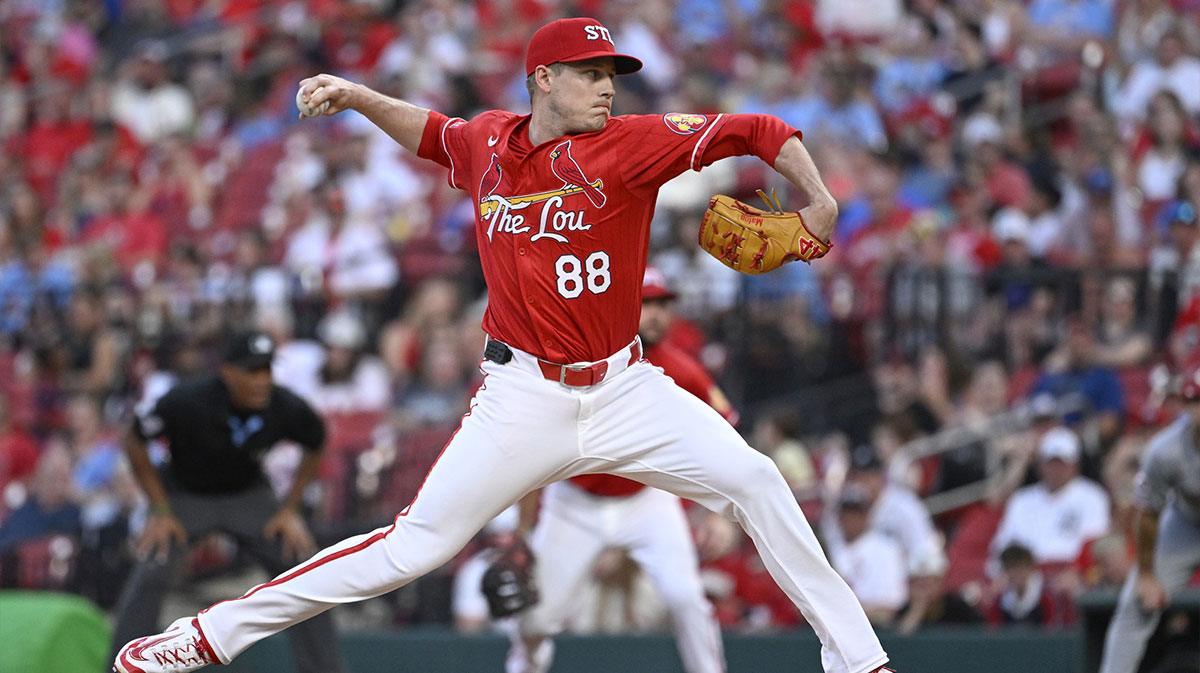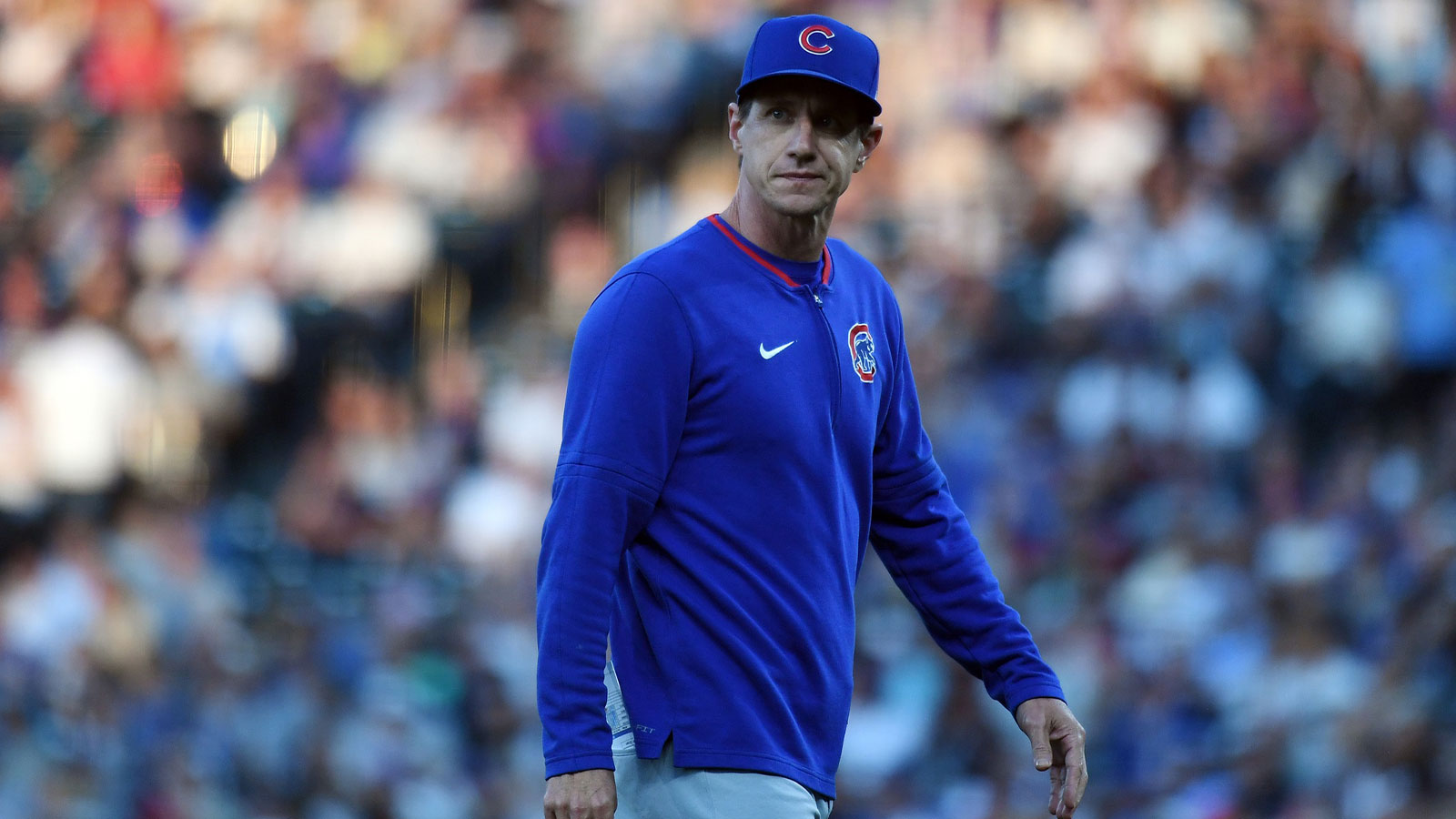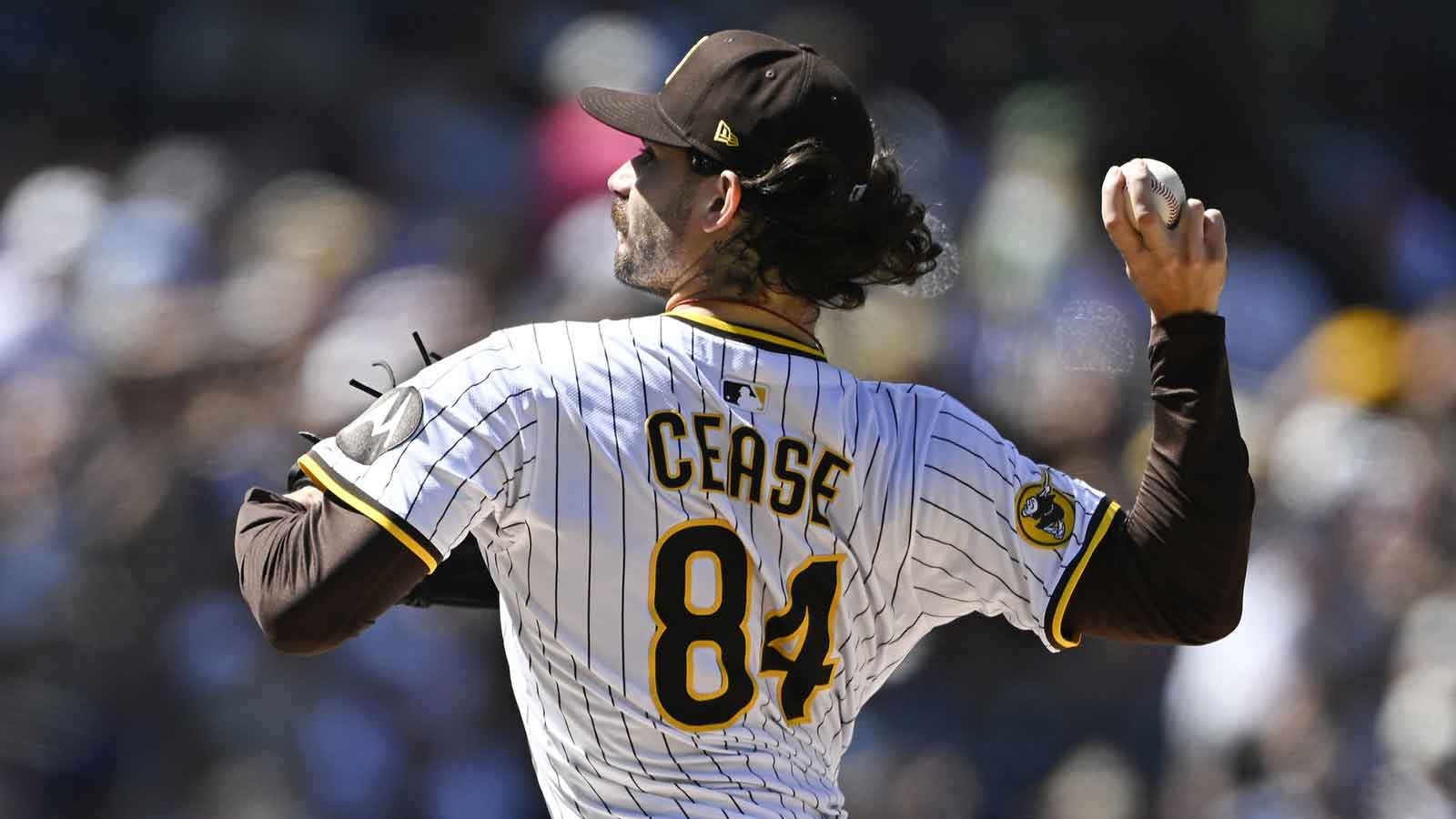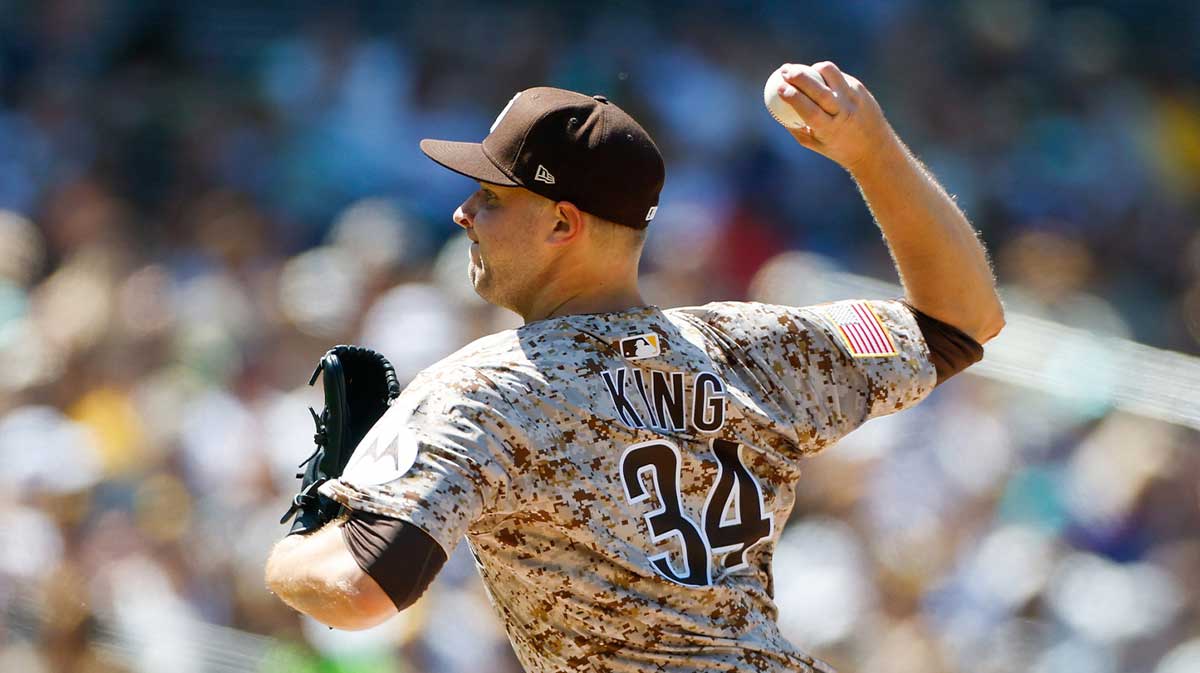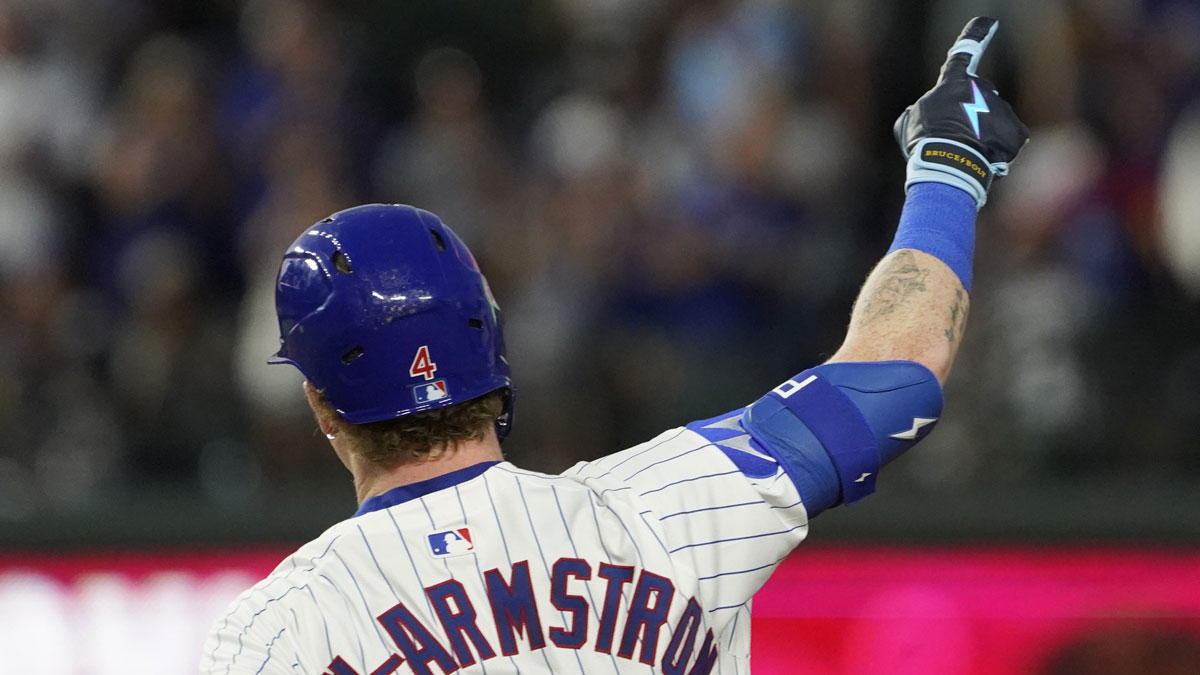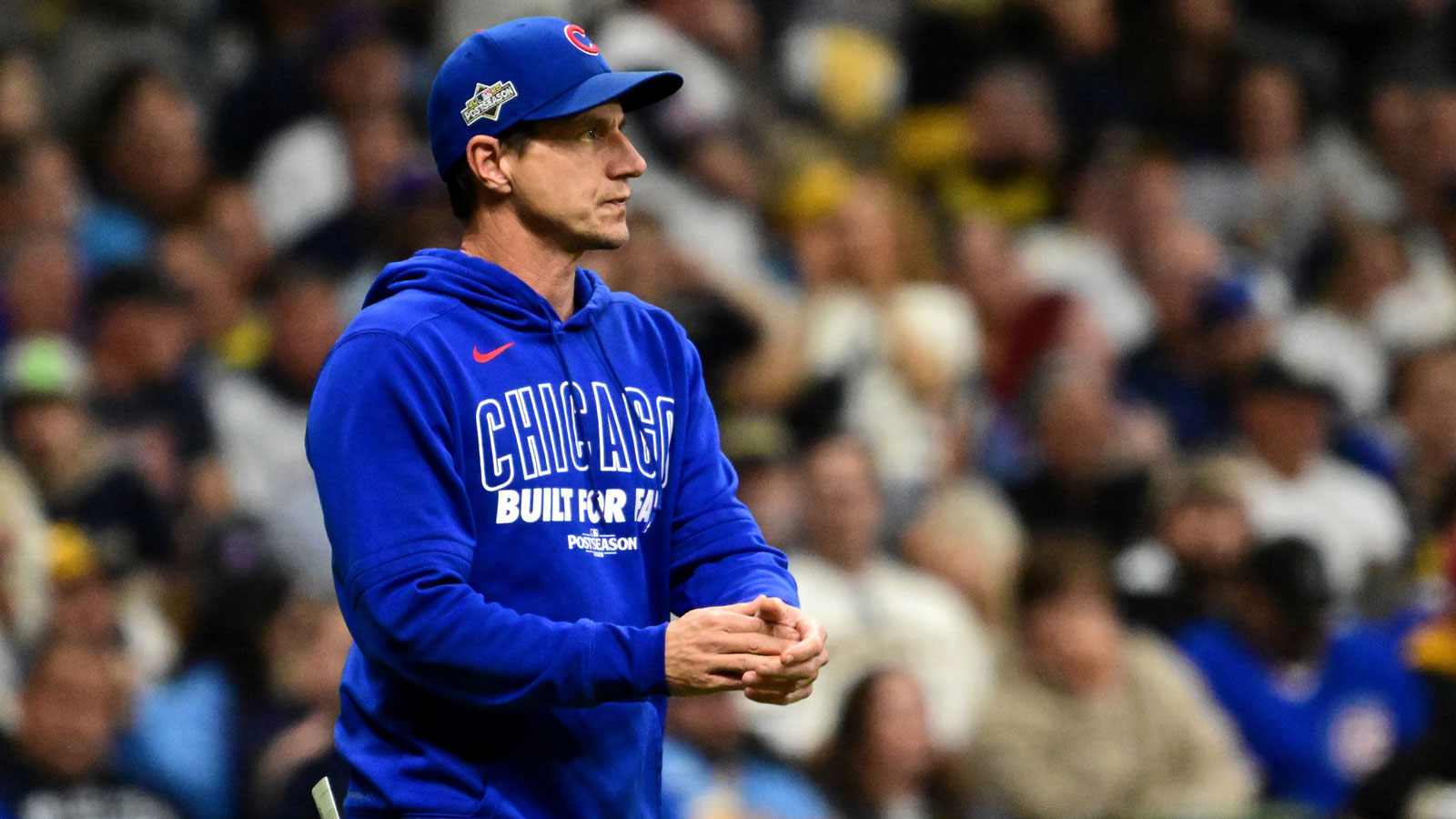The Chicago Cubs are one of the best teams in baseball. The Cubs have a 67-49 record this year and are clearly in the World Series picture. Their success is partially due to their incredible depth. The team really has no major holes (though pitching is a question mark), which is part of the reason they didn't make a blockbuster deal at the MLB trade deadline. Chicago did make four trades in total, but none of them brought in a star player. The Cubs might have a star player waiting in the midst of the minor leagues that they should take a chance on, though.
Cubs' trade deadline recap
The Cubs primarily focused on adding pitchers at the trade deadline. They traded for Taylor Rogers, Michael Soroka, and Andrew Kittridge. Furthermore, they made a move for super-utility man Willi Castro. Rogers has made the All-Star Game before, as has Castro.
Rogers cost the team Ivan Brethowr, while Castro was acquired for Sam Armstrong and Ryan Gallagher. Soroka was added at the price of Ronny Cruz and Christian Franklin. Wilfri De La Cruz was traded to land Kittridge. Ultimately, all of these additions came at a cheap price.
The hope is that Soroka can became the fifth starter that Chicago has coveted ever since Justin Steele suffered a season-ending injury early in the year. However, he has been trending down as of recent. Soroka's velocity has dropped, and he left his first start with the Cubs early because of shoulder discomfort. Soroka is currently on the injured list.
Kittridge and Rogers will add to a bullpen that was good but not great ahead of the deadline. Kittridge was a part of the Baltimore Orioles' fire sale, and Rogers was dealt from a rebuilding Pittsburgh Pirates team. Both players were good gets for a buying team that didn't want to give up an arm and a leg at the trade deadline. Castro can fill in all over the field for whatever starter needs a rest day.
All of these moves can help going forward, but none of them were blockbusters. The Cubs' lineup is pretty set in stone, so they likely won't make any more big moves going forward.
Cubs should promote Moises Ballesteros to the major league roster
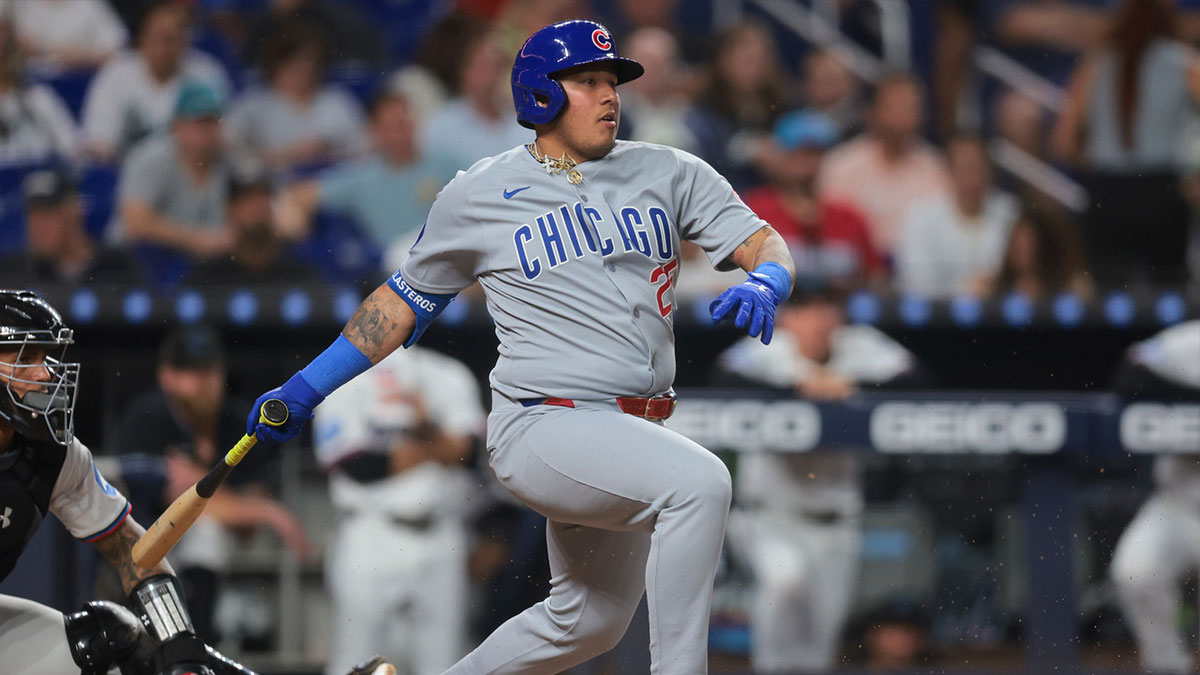
One move the Cubs could make, though, is to make Moises Ballesteros a permanent member of the big league roster. Ballesteros has had a cup of coffee in the majors, but he has spent most of the season in Triple-A. In six major league games, the Cubs' No. 2 prospect has 20 plate appearances.
Ballesteros is only batting .222 in limited time at the big-league level, but he has raked in the minor leagues. The catcher/first baseman is batting .332 with 10 home runs in Triple-A this season. Ballesteros is a unique prospect at only 5-foot-8, which is far from normal for a first baseman. In fact, nobody that short has played 100-plus games since 1930.
Having a bigger target for infielders to throw to is certainly ideal, but Ballesteros might be forced into first base duties going forward because he is an underwhelming defensive player at catcher. Ballesteros is prone to errors, passed balls, and surrendered steals as a backstop.
These defensive shortcomings might make it seem like the Cubs shouldn't give Ballesteros a chance this season, but they don't need him for his glove. Instead, Ballesteros could be used as a designated hitter and off-the-bench pinch hitter. He'd provide an influx of power and contact that could take the Cubs' offense to the next level.
Although their starting lineup is complete, there are always situations where teams needs a clutch hit from a bench player. Ballesteros could be that guy for the Cubs, and even in a limited role, he could potentially provide some big moments in a World Series push. Ballesteros will play a bigger role in Chicago in 2026, but for the rest of the 2025 season, the Cubs should use him as a secret weapon and X-factor, rather than having him waste away in the minor leagues.
The Cubs came into the season with arguably the best farm system in baseball, and it is time for some of their crop of prospects to contribute at the major leagues.

